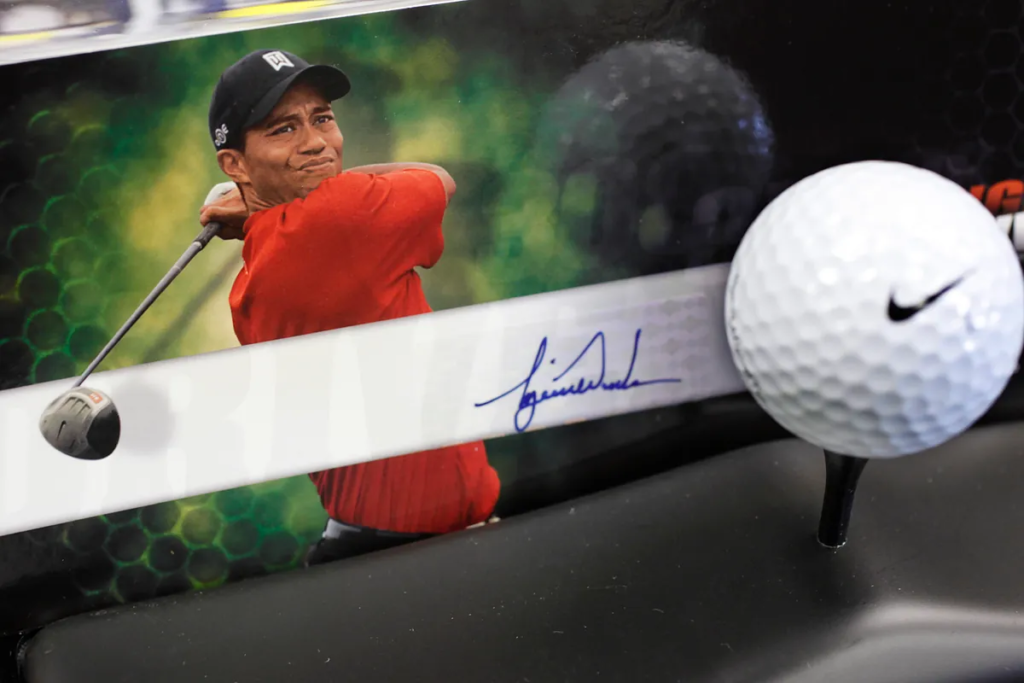Tiger Woods’ career is remembered for extraordinary success and an obsessive drive to refine every aspect of his game. Alongside his 15 major championships and 82 PGA Tour victories, he became known for constantly evaluating both his technique and his equipment, including his mega Nike sponsorship.
While many of his adjustments came through self-assessment, one turning point in 2003 was prompted not by his own analysis, but by the example of a competitor.
Between 2003 and 2004, Woods experienced a period of relative decline by his standards. Across eight major championships during those two years, he recorded only two top-10 finishes and failed to secure a title.
The difficulties coincided with doubts about his driver, a piece of equipment central to his long-game advantage. The issue came to light during the Deutsche Bank – SAP Open TPC of Europe in 2003, when Woods was paired with French professional Marc Farry.
Although 21 years older, Farry consistently outdrove Woods by around 10 yards in their third-round match. For a player still in his 20s and regarded as golf’s dominant force, the contrast was glaring.
Woods and his caddie, Steve Williams, concluded that Farry’s superior distance was not solely a matter of swing, but of equipment.
The shift to TaylorMade
Following that round, Woods tested Farry’s TaylorMade driver. The results were immediate and revealing: his drives carried an additional 15 yards compared with the Nike driver he had been using.
The demonstration convinced Woods to adopt the TaylorMade club for the final round of the tournament. With it, he produced his best score of the week, a four-under-par 68, which lifted him nine positions on the leaderboard.
The incident highlighted a vulnerability in Woods’s long-standing partnership with Nike, which had begun when he entered the professional ranks in 1996. While Nike’s relationship with Woods extended until 2024, in this instance its driver technology lagged behind that of competitors.
The TaylorMade switch provided immediate distance gains, but mastering the new equipment required time.
For the remainder of 2003 and throughout 2004, Woods continued to struggle with consistency, reflecting the challenge of integrating different technology into his established game.
By 2005, the adjustment bore fruit. Woods returned to form with six PGA Tour victories that season, including two majors. The resurgence continued in 2006, when he captured eight titles, also with two majors among them.
His dominance extended through 2009, when external circumstances interrupted what had been an extraordinary run.
The episode demonstrates an important element of Woods’ legacy: a readiness to confront shortcomings and make difficult adjustments, even when prompted by a rival.
Farry’s advantage off the tee in 2003 was a momentary embarrassment for Woods, but it led to a critical reassessment of his equipment and a subsequent revival in performance.
The decision to adopt TaylorMade technology did not yield immediate perfection, but it laid the foundation for one of the most successful stretches of his career.
Read the full article here

